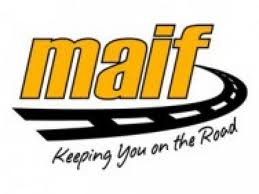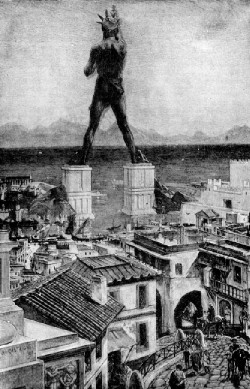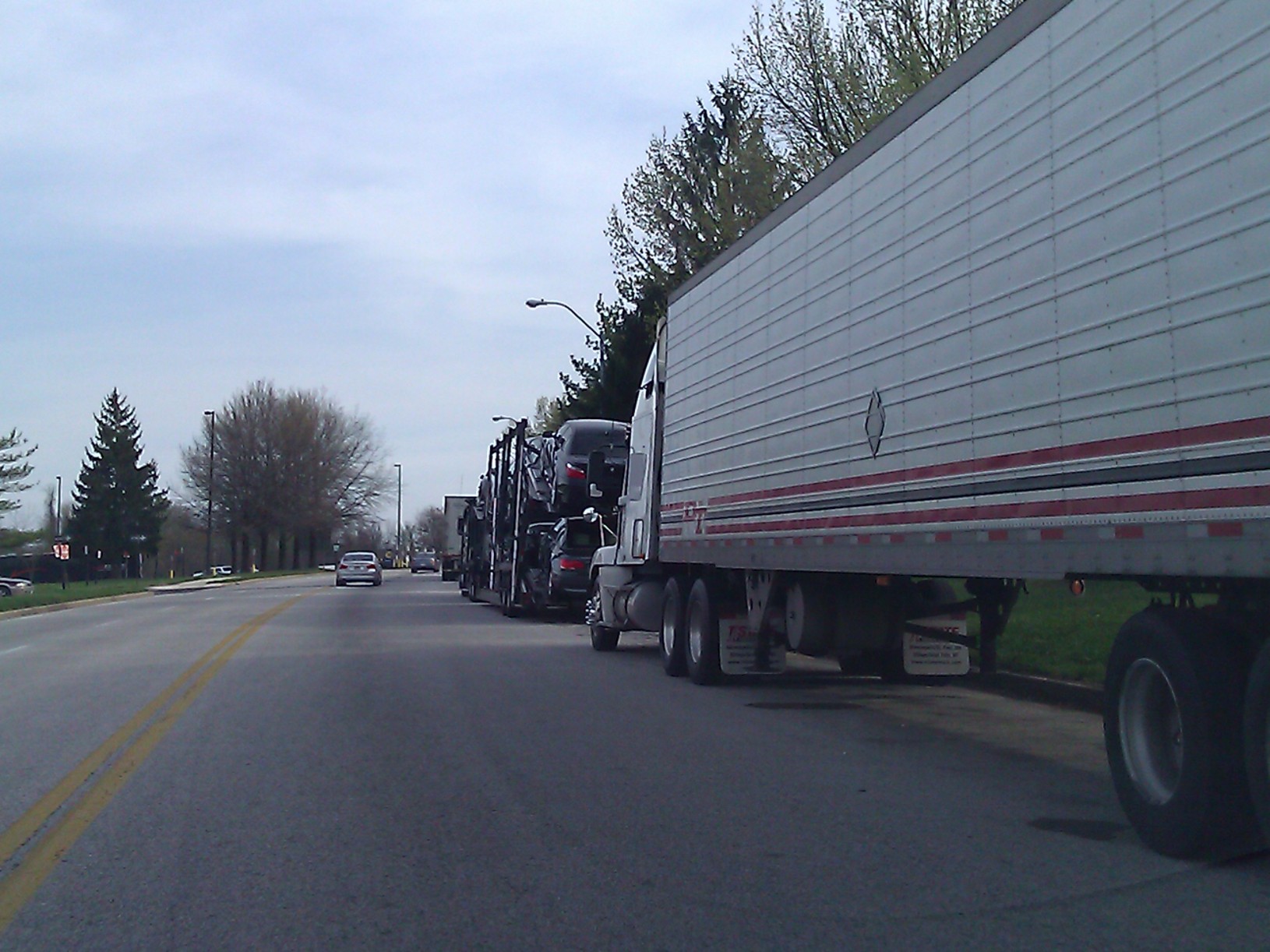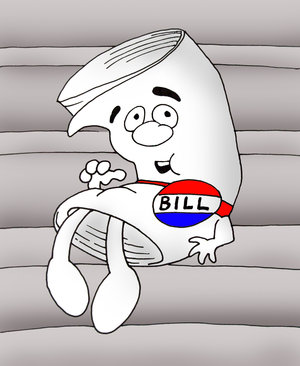Minimum MAIF Insurance: $30,000 Protection For Hit-and-Run/Phantom Driver Accidents
 We reported back in February that the Maryland legislature was considering a bill that would increase the minimum amount of MAIF insurance for uninsured drivers to $30,000 (Not Fair: Maryland Law Makes You Carry $30,000 Auto Insurance, But You Might Have a Maximum $20,000 Recovery).
We reported back in February that the Maryland legislature was considering a bill that would increase the minimum amount of MAIF insurance for uninsured drivers to $30,000 (Not Fair: Maryland Law Makes You Carry $30,000 Auto Insurance, But You Might Have a Maximum $20,000 Recovery).
The problem was that just over a year ago, the minimum amount of automobile insurance for all Maryland drivers was $20,000 per person and $40,000 per accident. Those minimums have been in place for over 35 years, and they were increased to $30,000 per person and $60,000 per accident. The law that increased the amount recoverable for Maryland automobile accident victims was missing one thing, though. It forget to mention the uninsured division of MAIF.
MAIF (Maryland Automobile Insurance Fund) is the insurance company of last resort for drivers who are rejected by most other insurance companies. They insure the uninsurable. MAIF also performs another function–when someone is involved in a Maryland automobile accident with someone who does not have insurance, or in a hit-and-run accident, MAIF will step in to help. They don’t step in voluntarily–usually it takes a lawsuit, but if there is no other insurance available, MAIF will cover the accident up to the minimum amount. Even after the 2011 change, MAIF was still only on the hook for $20,000/$40,000.
 Maryland Car Accident Lawyer Blog
Maryland Car Accident Lawyer Blog


 Colossus is a software program used by many insurance companies to determine the value of automobile accident claims and lawsuits. The software program gets a bad rap from plaintiff’s lawyers–probably because it undervalues those claims. Now, a former Allstate and Encompass Colossus expert and a former Texas insurance commissioner are informing the Consumer Federation of America’s latest report,
Colossus is a software program used by many insurance companies to determine the value of automobile accident claims and lawsuits. The software program gets a bad rap from plaintiff’s lawyers–probably because it undervalues those claims. Now, a former Allstate and Encompass Colossus expert and a former Texas insurance commissioner are informing the Consumer Federation of America’s latest report,  Truck drivers are subject to a great deal of regulation, and rightly so. These are huge machines, and the smallest errors, whether because of driver fatigue, inadequate pre-trip inspections, or distracted driving, can cause life-altering destruction. There is always an incentive by truck companies to cut corners, cut costs, and improve their bottom line. The good trucking companies ignore those incentives, and play it safe. The bad ones skirt the federal and state regulations, and cause Maryland truck accidents.
Truck drivers are subject to a great deal of regulation, and rightly so. These are huge machines, and the smallest errors, whether because of driver fatigue, inadequate pre-trip inspections, or distracted driving, can cause life-altering destruction. There is always an incentive by truck companies to cut corners, cut costs, and improve their bottom line. The good trucking companies ignore those incentives, and play it safe. The bad ones skirt the federal and state regulations, and cause Maryland truck accidents.  Many clients come to us expecting that they will be entitled to punitive damages in their
Many clients come to us expecting that they will be entitled to punitive damages in their  I don’t work for the insurance industry. Sometimes, I don’t like the insurance industry. We disagree about a lot of things, like to what extent my clients are hurt because of the negligence of their drivers, and what they should pay for it.
I don’t work for the insurance industry. Sometimes, I don’t like the insurance industry. We disagree about a lot of things, like to what extent my clients are hurt because of the negligence of their drivers, and what they should pay for it.  In 2011, the Maryland Legislature decided that the minimum limits for automobile insurance, which were over 35 years old, needed to be increased. The limits were $20,000 per person/$40,000 per occurrence. They were increased to $30,000/$60,000. Not quite a cost-of-living adjustment (one
In 2011, the Maryland Legislature decided that the minimum limits for automobile insurance, which were over 35 years old, needed to be increased. The limits were $20,000 per person/$40,000 per occurrence. They were increased to $30,000/$60,000. Not quite a cost-of-living adjustment (one  Many people come to us because they’ve been in an accident, but they are unsure what their options are. This is rarely more true than in the phantom vehicle case. This is where there is an accident, but no sign of the person who caused the accident. These cases are sometimes hit-and-run accidents, though phantom vehicle cases can happen where the phantom vehicle takes the right-of-way from another motorist, causing that motorist to hit a third motorist (while the phantom vehicle goes merrily along its way). In many cases, these are pedestrian hit-and-runs.
Many people come to us because they’ve been in an accident, but they are unsure what their options are. This is rarely more true than in the phantom vehicle case. This is where there is an accident, but no sign of the person who caused the accident. These cases are sometimes hit-and-run accidents, though phantom vehicle cases can happen where the phantom vehicle takes the right-of-way from another motorist, causing that motorist to hit a third motorist (while the phantom vehicle goes merrily along its way). In many cases, these are pedestrian hit-and-runs.